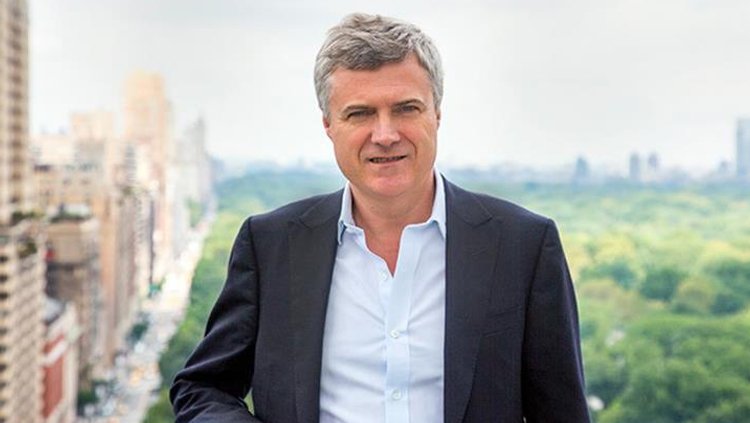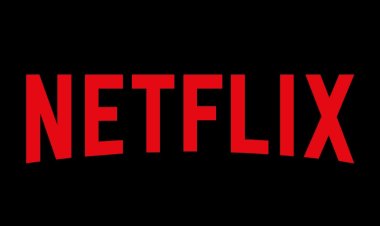Today, there are more ways to reach clients, but the situation is more complex: WPP's Mark Read
Read spoke to a news outlet at Cannes Lions 2023 about where ad budgets are headed and assuaged fears of an AI takeover in the industry.

WPP CEO Mark Read spoke to an international media outlet on the margins of the Global Cannes Lions advertising festival about where he believes ad dollars have been migrating, his forecast for the rest of the year, potential in AI, and more.
"The Group had made their prediction. They estimate that we expanded by 6% last year, and that we will grow by 6% this year, but the composition will be different. The second part of the year may be slightly more difficult than the first. China's expansion will fuel total top-line growth. "China is now the world's second-largest advertising market," he remarked of the year ahead.
He went on to say that despite the conflict, inflation, energy prices, and interest rates, Europe has proven to be a robust market.
When asked where he saw the advertising money going, Read hinted at big tech. "The plethora of advertising opportunities are just on-site here at Cannes," he pointed out. "We got the Amazon village, the TikTok center, Snap, and a smaller presence from Twitter this year." He also mentioned the presence of Google, Meta, and Netflix at the festival as indicators of where ad dollars will move.
"All of that reflects the opportunities that are available to our clients," he said.
Despite people's negative attitudes toward advertising, Read pointed out that there have never been more options to contact customers than now, but the picture is undoubtedly more complex.
"And that is where we can play a unique role in assisting our clients in cutting through and making sense of all this complexity," he explained.
Will ad dollars shift away from traditional TV as ad-supported forms gain popularity? Read voiced confidence for platforms such as Netflix, which might prosper from an ad-supported format due to its high-quality content.
He also mentioned that platforms like Netflix make just as much money on their ad-supported channels as they do on their premium channels, particularly in developing-country markets like India. "They've massively expanded their market scope," he said.
Read also discussed the new Twitter leadership, with Linda Yaccarino coming over as CEO.
When it comes to the obstacles clients encounter when adopting AI, he says the first is determining whether the material is copyright safe. The second consideration is accuracy and brand representation.
Read also addressed the AI anxiety that may ostensibly kill employment, emphasizing instead on the numerous jobs that could be generated. He offered two recent WPP campaigns as examples. The first was a Nike ad in which the Serena Williams of today faced off against the Serena Williams of 20 years ago.
The second was Mondelez's AI campaign with Shah Rukh Khan, in which Khan served as the spokesperson for thousands of Indian shops. "There are so many ways to personalise our messages and bring things to life with AI," he said.
"Our industry is an optimistic industry," Read added, assuaging fears of AI domination. We wouldn't be in the advertising industry unless we were upbeat."

 Sumit Rawat
Sumit Rawat 










